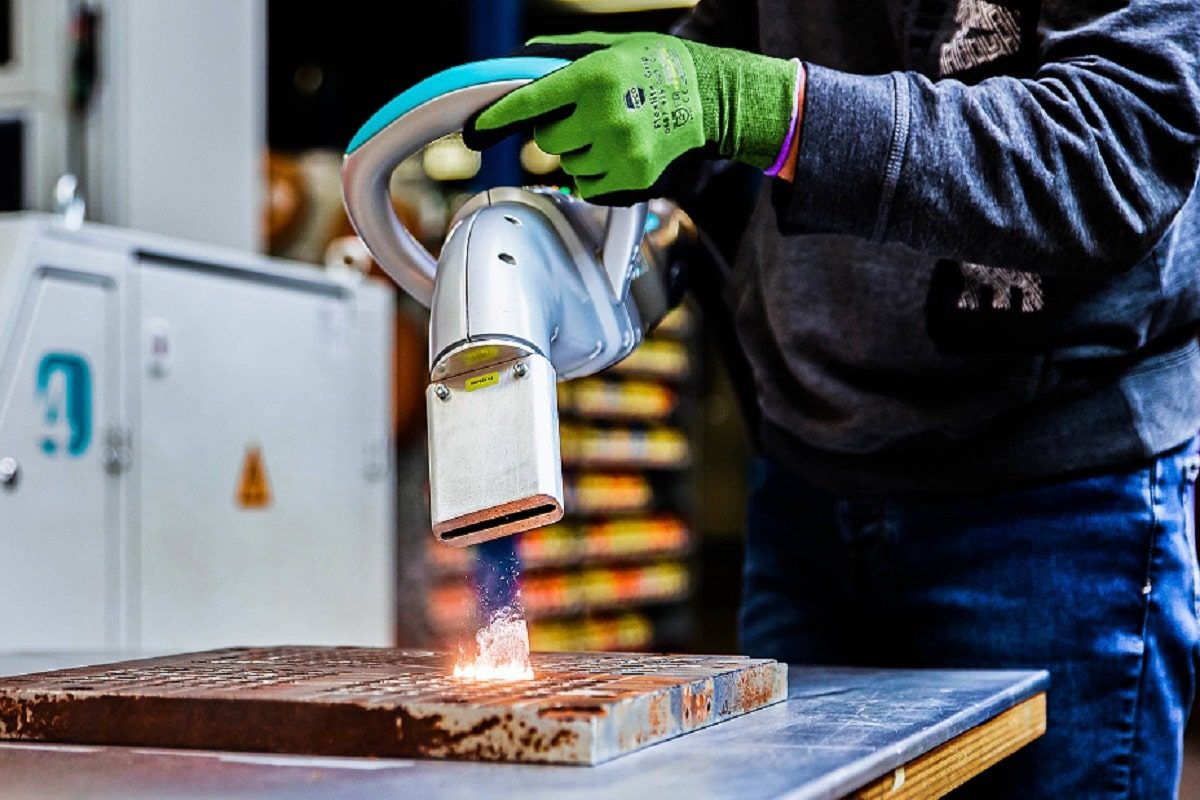
What Types of Materials And Surfaces Can Laser Cleaning Machines Clean?
In the field of modern science and technology, laser technology has always played an important role. In addition to being widely used in communications, medical, and manufacturing fields, laser technology is also emerging in the field of cleaning. As a new cleaning technology, laser cleaning machines have made remarkable achievements. This article will explore the use of laser cleaning machines for cleaning various types of materials and surfaces, as well as the necessity and application areas of choosing laser cleaning technology.
Table of Contents
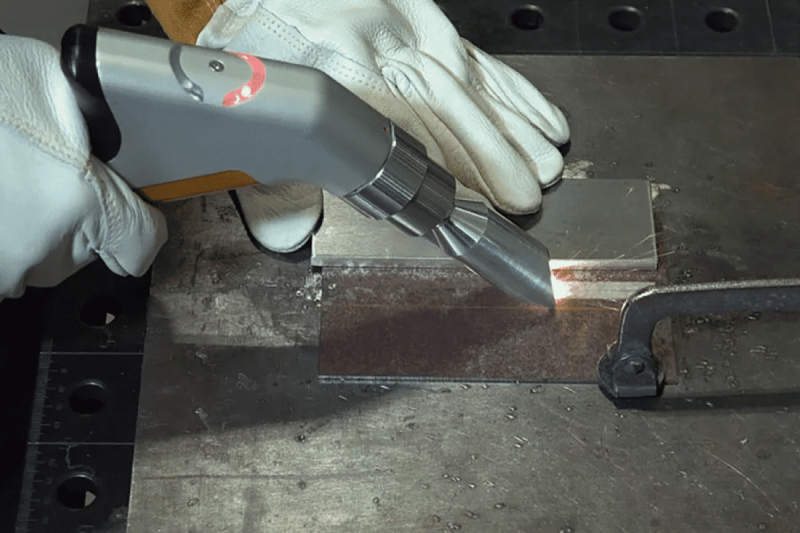
What is laser cleaning?
Before we dive into what types of materials and surfaces laser cleaning machines can clean, let’s first understand what laser cleaning is. Laser cleaning is a non-contact cleaning method that uses the high energy and highly focused properties of laser to heat dirt, coatings, or impurities to extremely high temperatures in a non-contact manner, causing these substances to evaporate, decompose, or peel off, thus achieving clean, contamination-free surfaces. Due to the highly directional nature of the laser beam, it can precisely clean the target area without damaging the surrounding area.
Laser cleaning has the advantages of high efficiency, no chemical pollution, low waste generation suitable for a variety of surfaces, and can clean a variety of materials and surfaces, including metal and non-metallic products. The principle of laser cleaning is based on the physical process of light absorption and light energy transfer, which uses a laser beam to heat and remove dirt or coatings.
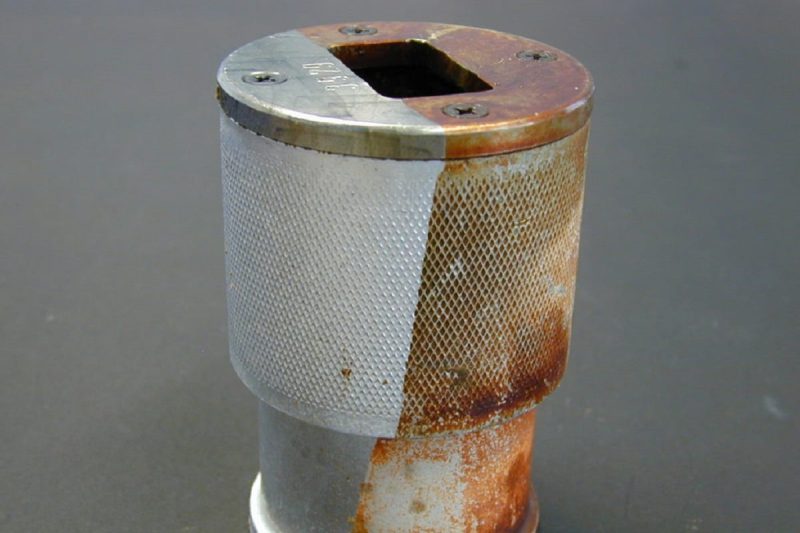
Why Choose Laser Cleaning?
Choosing laser cleaning has many significant advantages over other cleaning methods, which make it an ideal cleaning method in many applications. Here are some of the advantages of laser cleaning over other cleaning methods:
No chemicals required
Laser cleaning eliminates the need for chemical cleaners, so there is no chemical waste or chemical contamination. This helps reduce environmental pollution and reduces the need for waste disposal.
Non-contact cleaning
Laser cleaning is a non-contact cleaning method that does not require physical contact with the target surface. This means no surface wear is caused, making it ideal for applications where the quality of the original material needs to be maintained, such as precision parts and artifacts.
High efficiency
Laser cleaning improves production efficiency by removing dirt, coatings, and oxides in a short time. It is usually faster than traditional cleaning methods.
High-precision control
Laser cleaning allows precise control and focus of energy to clean specific areas without affecting surrounding surfaces. This is very useful in high-precision and delicate cleaning tasks.
Environmental protection
Because no chemicals are used, laser cleaning has a lower environmental impact, helping to reduce chemical emissions and the generation of hazardous waste.
Suitable for multiple materials
Laser cleaning works on various types of materials, including metal, plastic, ceramics, stone, glass, wood, and more. This versatility makes it widely used in multiple industries.
Reduce manual operations
Laser cleaning machines can automate cleaning, thereby reducing the need for manpower. This reduces labor costs, especially in large-scale cleaning tasks.
Suitable for harsh environments
Laser cleaning can work in harsh environmental conditions, such as high temperature, low temperature, high humidity, or harmful gas environment. This increases its usability in some special applications.
High quality cleaning
Laser cleaning delivers high-quality cleaning results that not only remove dirt but also improve the quality and appearance of material surfaces.
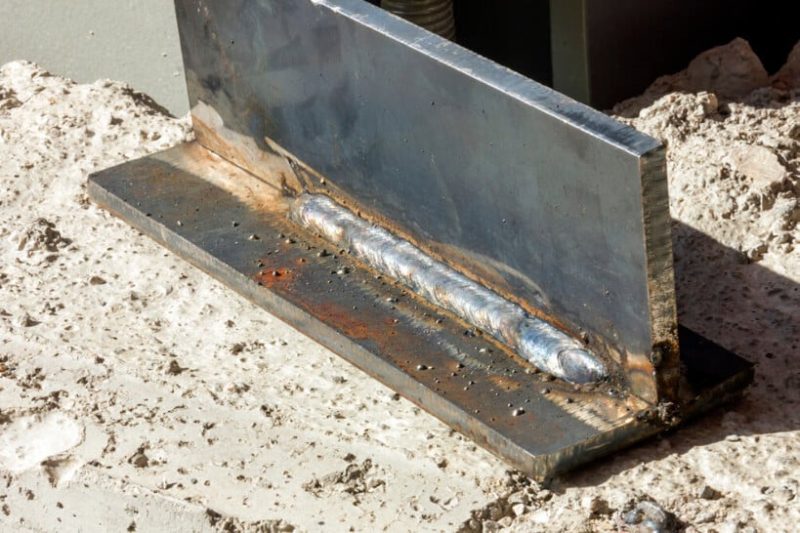
What types of materials and surfaces can be cleaned with laser cleaning
Laser cleaning is a highly versatile and efficient method of removing contaminants, coatings, rust, and other unwanted materials from a variety of surfaces without damaging the material. Materials that can be cleaned by laser cleaning can usually be divided into two categories: metallic and non-metallic materials for analysis:
Metal products suitable for laser cleaning
- Steel and Stainless Steel: Laser cleaning is great for metal surfaces, especially steel and stainless steel. It can effectively remove rust, oxide layer, welding slag, and coating to restore the original luster of the metal.
- Aluminum: Aluminum materials are often susceptible to oxidation, forming oxide layers, and laser cleaning can easily remove these oxide layers.
- Copper and Brass: Laser cleaning is also suitable for copper and brass materials to remove oxide layers and attached dirt to maintain their appearance and conductivity.
- Cast Iron: Cast iron surfaces often have rough surfaces and oxidation issues. Laser cleaning can remove oxides and dirt from the surface and improve the quality of cast iron.
- Alloy materials: Various metal alloys, such as titanium alloys, nickel alloys, and chromium alloys, can be laser cleaned to remove oxides, coatings, and other dirt to maintain their performance and appearance.
Non-metallic products suitable for laser cleaning
- Plastics and Composite Materials: Although the high energy of lasers can cause damage to some plastic materials, laser cleaning is also suitable for certain types of plastics. It can be used to clean plastic parts, composite surfaces, and 3D-printed models.
- Glass and Ceramics: Laser cleaning machines can be used to clean glass and ceramic surfaces to remove scale, stains, and other contaminants.
- Stone: Stone surfaces are often susceptible to the accumulation of dirt and biological deposits. Laser cleaning can effectively remove these problems and restore the original appearance of the stone surface.
- Wood: Laser cleaning can be used to remove stains, paints, and coatings from wood surfaces, especially in the restoration and maintenance of wooden furniture.
- Artifacts and Artwork: The cleaning and conservation of artifacts and artifacts is an important task. Laser cleaning machines can discreetly clean ancient artifacts, paintings, and sculptures without damaging their surfaces.
It is important to note that although laser cleaning technology has applications on a variety of materials, the type and characteristics of the material need to be considered when selecting a cleaning method.
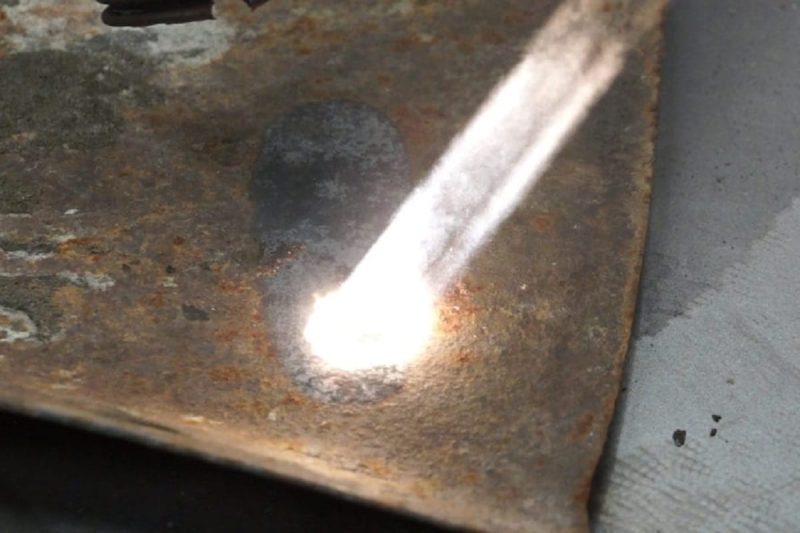
Materials generally not suitable for laser cleaning
Although laser cleaning technology is widely used on many materials, there are also some materials and situations that are not suitable for laser cleaning because the high energy and density of the laser may cause damage to them. Here are some materials and situations that are generally not suitable for laser cleaning:
Certain plastics
The high energy of laser cleaning can cause some plastic materials to melt, deform, or be damaged. When cleaning plastic parts, the energy and parameters of the laser need to be carefully selected to avoid material damage.
Flammable substances
Laser cleaning technology produces a high-energy beam that poses a fire risk to flammable materials such as paper and certain chemicals. Special care is required when cleaning these materials, and laser cleaning is generally not recommended.
Optics
The surfaces of optical components such as lenses, mirrors, and laser mirrors are extremely smooth and precise. Laser cleaning may cause microscopic surface abrasion that affects optical performance and is generally not recommended for cleaning these components.
Surface coating
Certain surface coatings, especially special coatings such as silicon oxide, silicon nitride, etc., may be sensitive to laser cleaning. When cleaning these surfaces, their performance may be affected, so care needs to be taken.
Glassware and Crystal
Glassware and crystal items are susceptible to microscopic cracks, and laser cleaning can cause microcracks in the surface, weakening their strength and appearance. Therefore, laser cleaning of these materials is generally not recommended.
Organic materials
Some organic materials, such as textiles, are very sensitive to the high energy of lasers and may be burned or damaged. For these materials, other cleaning methods are usually chosen, such as water washing or dry cleaning.
Biological tissue
Laser cleaning is not suitable for cleaning biological tissue, such as human skin. Laser energy may cause damage to biological tissue.
Some materials may be sensitive to the high energy of the laser and require careful handling to prevent damage. Therefore, material testing and evaluation are required to determine the most appropriate cleaning method for a specific application.
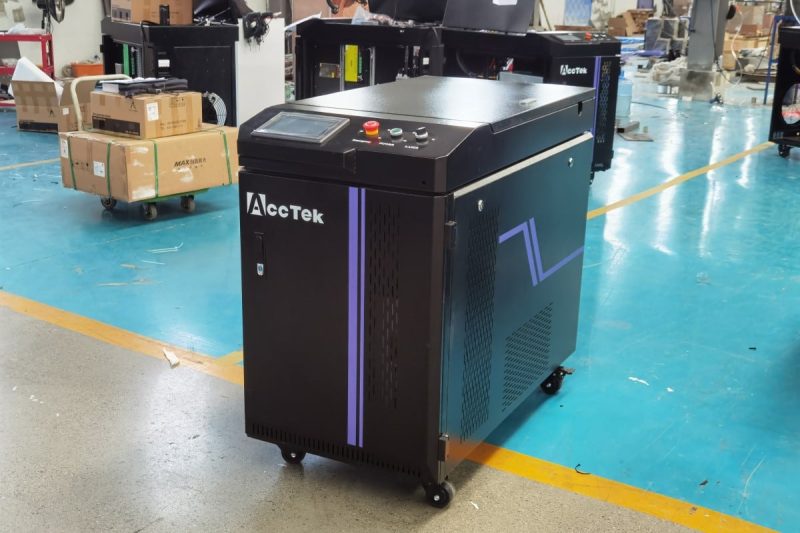
Will laser cleaning damage the surface being cleaned?
Laser cleaning usually does not damage the surface being cleaned, but its impact depends on several factors, including laser energy, wavelength, cleaning time, cleaning distance, type and material properties of the material being cleaned, etc. Here are some key factors to consider:
Laser energy control
Laser cleaning machines often have adjustable energy controls that can be adjusted to suit the needs of the cleaning task. Correctly adjusting the laser energy ensures that dirt is cleaned without damaging the surface.
Laser wavelength
Different types of laser systems use beams of different wavelengths. Certain materials are more sensitive to laser beams of specific wavelengths, so a laser of the appropriate wavelength needs to be selected to reduce the impact on the material.
Cleaning time
The length of cleaning time can affect the depth of cleaning. Longer laser cleaning may gradually remove more material from the surface, while shorter periods of cleaning may be more gentle.
Cleaning distance
The distance of the laser beam from the target surface also affects the cleaning effect. Typically, laser cleaning requires the laser beam to be focused at a close distance to ensure effective cleaning, but too close a distance can cause burnout.
Type of material being cleaned
Different types of materials react differently to laser light. Various materials such as metal, plastic, ceramic, glass, etc. require different parameter settings.
Material properties
Properties such as material hardness, thermal conductivity, absorptivity, and light reflectivity will affect the cleaning effect. Generally, materials with high absorptivity are more susceptible to laser cleaning.
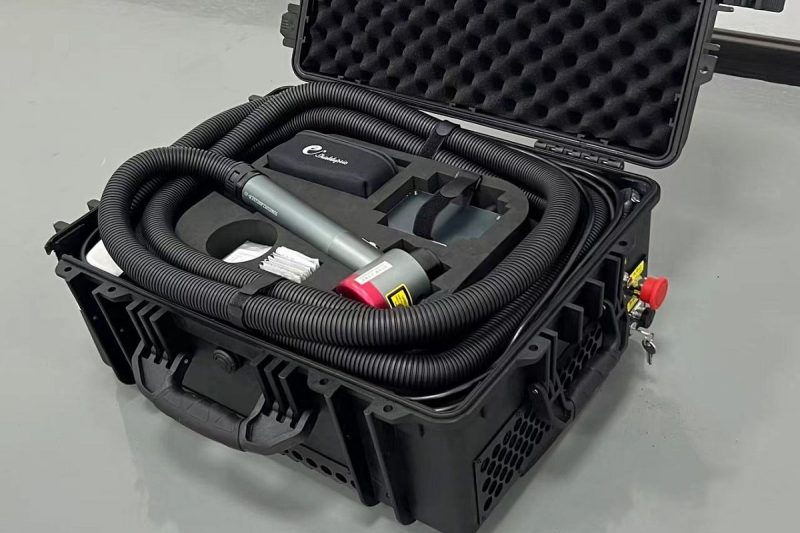
Can laser cleaning be used on fragile or sensitive materials?
Laser cleaning can be used on fragile or sensitive materials, but requires special care to avoid damage. One of the advantages of laser cleaning is that it provides non-contact cleaning, so it can be cleaned without direct contact with delicate materials. However, here are some key factors to consider:
Laser parameter settings
For fragile or sensitive materials, laser parameters including energy density, wavelength, and cleaning time need to be carefully selected and optimized. Generally, lower energy density and shorter cleaning times are safer for fragile materials.
Material type
Different types of fragile materials may react differently to laser light. Various materials, including metals, plastics, ceramics, and glass, require special handling methods.
Material properties
Properties such as material hardness, absorptivity, light reflectivity, and thermal conductivity will affect the cleaning effect. The properties of the target material need to be understood to set the laser parameters correctly.
Experiment and test
Before using laser cleaning on fragile materials, experimentation, and testing are often required to determine the best parameter settings to ensure the cleaning task is completed successfully without damaging the material.
Monitoring and Control
The cleaning process is monitored in real-time to ensure that laser cleaning does not cause material damage. This can be achieved through sensors and control systems.
Protective measures
Necessary safety measures are required for laser operations, including protective eyewear, protective equipment, and proper ventilation for a clean operating environment.
Summarize
Laser cleaning machines are a cleaning technology with huge potential for cleaning all types of materials and surfaces. It has many advantages, such as requiring no chemicals, being efficient and environmentally friendly, and suitable for a variety of materials. However, it also has some limitations that need to be considered on a case-by-case basis.
AccTek Laser focuses on the design, production, and sales of laser cleaning machines, you can ask us questions about laser cleaning. Let’s chat with you to determine your cleaning options and test our laser solutions to find out which parameter settings get the results you need.
Contact information
- [email protected]
- [email protected]
- +86-19963414011
- No. 3 Zone A, Lunzhen Industrial Zone,Yucheng City , Shandong Province.
Get Laser Solutions
